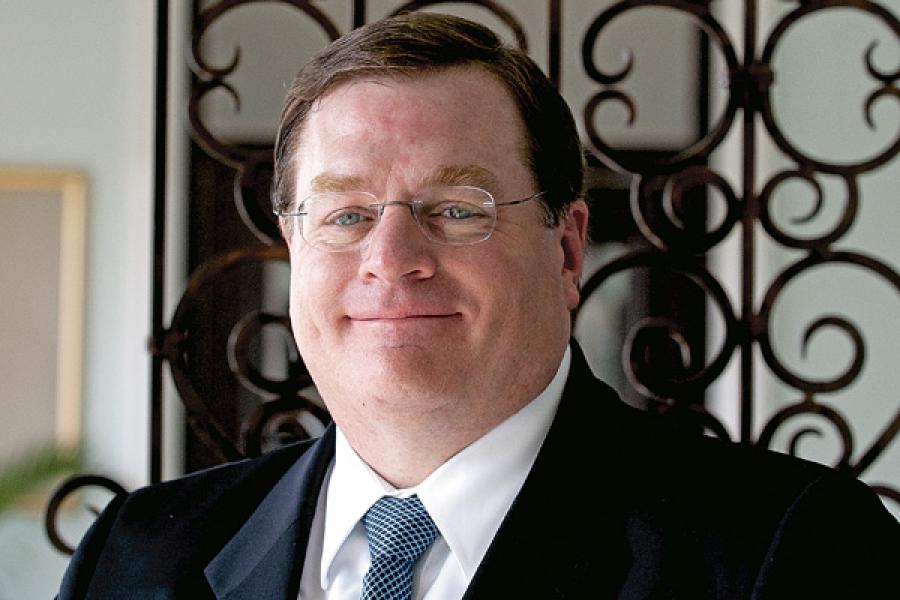
Greg Case: Tough Times Have Put Companies At Higher Risk Than Ever
Aon Corp is one of the world's largest providers of risk advisory and mitigation services. CEO Greg Case spoke to Forbes India about dealing with risk in 2012
Greg Case
Age: 48 years
Profile: President and CEO, Aon Corp
Career: Prior to joining Aon, Case was with management consulting firm McKinsey & Company for 17 years. Most recently, he served as head of the Financial Services Practice. He was previously responsible for McKinsey’s Global Insurance Practice, and was a member of McKinsey’s governing Shareholders’ Committee
Q. As many global economies head into a slowdown and political uncertainty, how are risk perceptions changing for corporations?
We are seeing three big changes around the world — the magnitude of risk at the aggregate level is going up. In addition to the traditional risks that have existed, we now have much higher risks from terrorism, cyber crime, pandemics and sustainability. The last one for instance, sustainability — or the risk of a BP-Deepwater-like incident on a company and the environment — is something that every risk manager is now beginning to think about and recognise. The implications can be huge.
The second change is that risks today are much more inter-connected than before. As a result the complexity is higher. For instance, after the Japanese earthquake and tsunami, we were dealing with many North American companies whose supply chains were disrupted. An event so far away was affecting their quarterly performance. The other big change is in the way risk is being perceived and scrutinised. More people care about it now — whether it is at the board of directors’ level, the CEO or at the project level — everyone is much more aware that it needs to be mitigated.
Q. How can such risks be mitigated?
Companies like Aon help clients identify and deal with risks. The aim is to be able to maintain the operating performance, strengthen the balance sheet and reduce the volatility.
Q. What about Black swan events like the tsunami or nuclear disaster in Japan? Can these ever be factored in?
There will always be new risks. But companies who can understand and quantify possible risks are at a huge advantage. To try to react to such an event after it has happened would be perilous. Our studies have shown that every five years, 80 percent of our clients have an incident that impacts their market cap by 20 percent.
Q. In 2012, is there a way companies can protect themselves from a slowdown?
From our point of view, the need is to create clarity where there is risk. Corporations are constantly evaluating returns in different markets. They need to assess their positions. They need to be able to compare the economic returns from different markets and decide where to put in capital. The volatility in different countries is being looked at much more closely now as we head into tough times. We keep coming up with risk maps and data. But how do you optimise your position? Companies need a management buy-in to be able to work towards it. The stakes have never been higher.
(This story appears in the 20 January, 2012 issue of Forbes India. To visit our Archives, click here.)















